Date: June 27, 2022
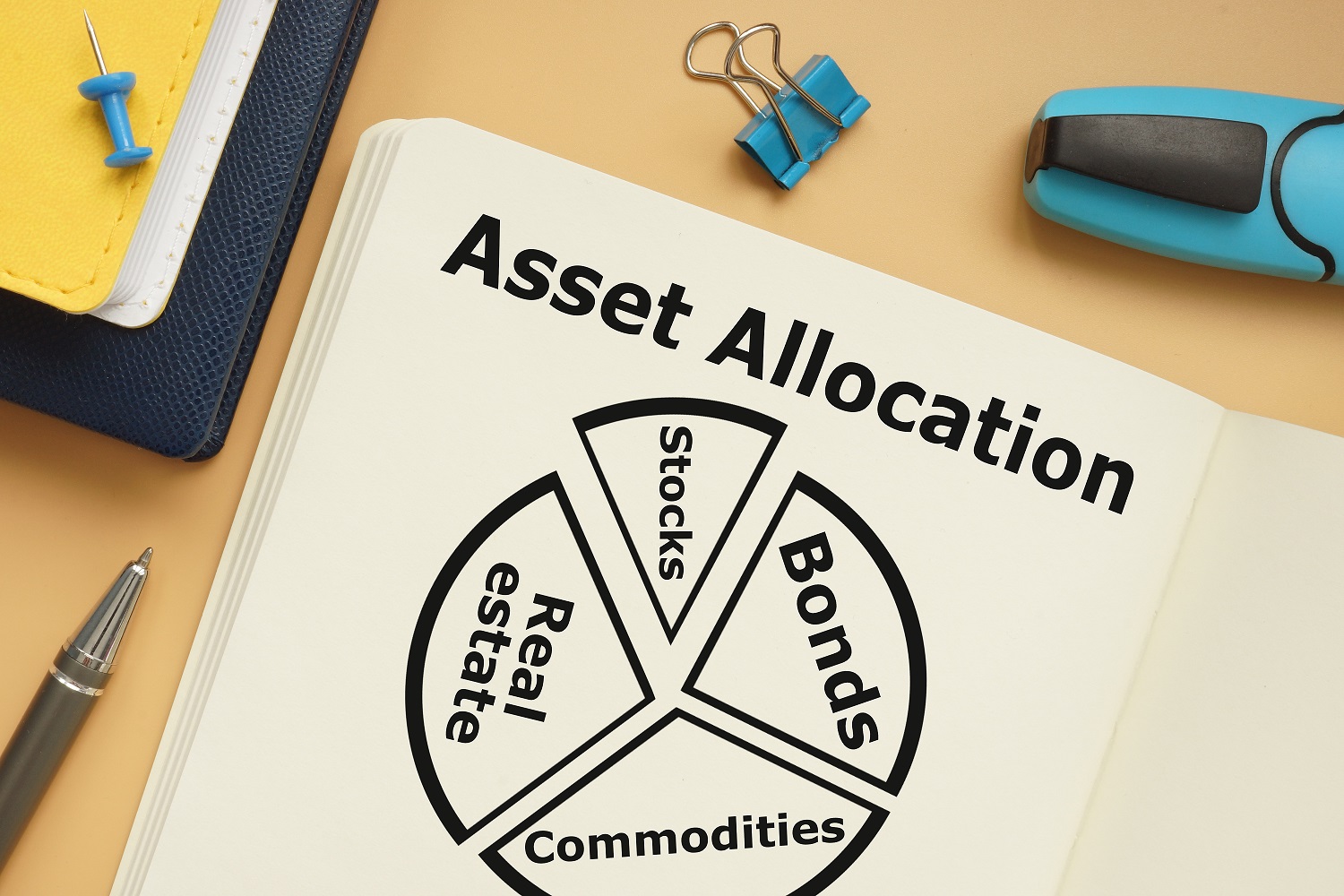
If you were the manager of a top-level football club like Real Madrid or Liverpool and if you were given money by the owners to build a new team, would you spend it on buying eleven Cristiano Ronaldos or Lionel Messis? Probably not – even if Ronaldo and Messi are the best players in the world, a successful football team isn’t made up of only one type of player.
Instead, it’s made up of a solid goalkeeper, strong defenders, creative midfielders and of course, sharp strikers. And a good football manager is able to find the right blend of all these qualities and types of players in order to produce a team that consistently delivers the desired results.
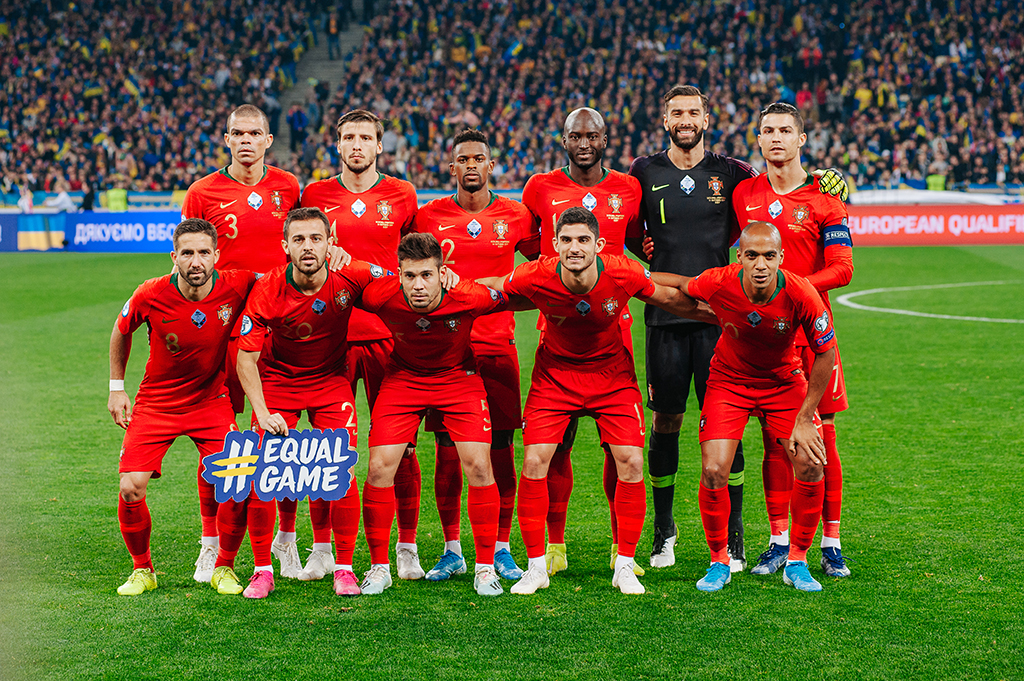
The same could be said of portfolio management. Just as in building a winning football team, constructing a portfolio of assets that will give you what you want is all about finding the right mix of investments from the thousands that are available. This is by no means straightforward – that’s why the best portfolio managers (and football coaches) are so highly paid.
You could even go so far as to say creating a winning portfolio is an art as well as a science – the science part is perhaps crunching the numbers and going through annual reports to pick out superior investments, whilst the art part is figuring out the right asset allocation.
However, although portfolio construction isn’t easy, there are tried and trusted steps you can follow, steps which guide even the most experienced of fund managers.
1. Understand the risk-return tradeoff
There are really only two dimensions to any investment – the potential return and the associated risk. Here, what’s important to know is that if you desire higher returns, you have to be prepared to take on more risk but there’s no guarantee that if you do take on more risk, you will definitely be rewarded with higher returns. There are no guarantees in the financial markets.
Risk and return are the central pillars of Modern Portfolio Theory (MPT) which owes its development to the pioneering work of Harry Markowitz in 1952, for which he later won the Nobel Prize in economics.
Markowitz showed that the performance of an individual stock was not as important as the performance of the whole portfolio and the most efficient portfolios are those which maximise return for a given level of risk, or minimise risk for a given level of return.
2. Know your risk profile
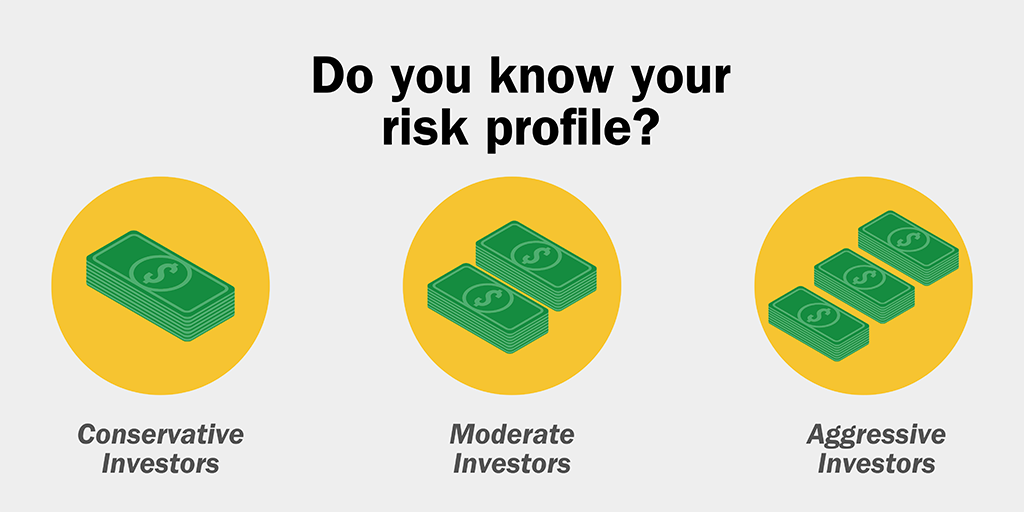
If you are interested in investing, you’ve probably heard that it’s important to buy products that fit your risk profile. In this connection, know that your risk profile is made up of two components – your risk tolerance and risk capacity.
Your risk tolerance refers to your emotional ability to take risk. Some people (possibly those who frequent casinos) have a high tolerance and can therefore withstand large losses without losing much sleep. On the other end of the tolerance spectrum, however, are those who spend sleepless nights even if their investments fall as little as a few per cent.
Knowing where you fall in this spectrum is important as it will determine the types of products suitable for you.
Your risk capacity on the other hand, refers to your financial ability to take risk. Generally, your capacity is limited by your salary, resources and family commitments. So, someone might have a high risk tolerance but cannot and should not take on that much risk because of limited capacity.
3. Know your investment horizon
Your investment horizon is the time you have to invest to achieve your goals. Younger individuals, say in their 20s, have 30-40 years of working life ahead of them and can afford to buy and hold because they have:
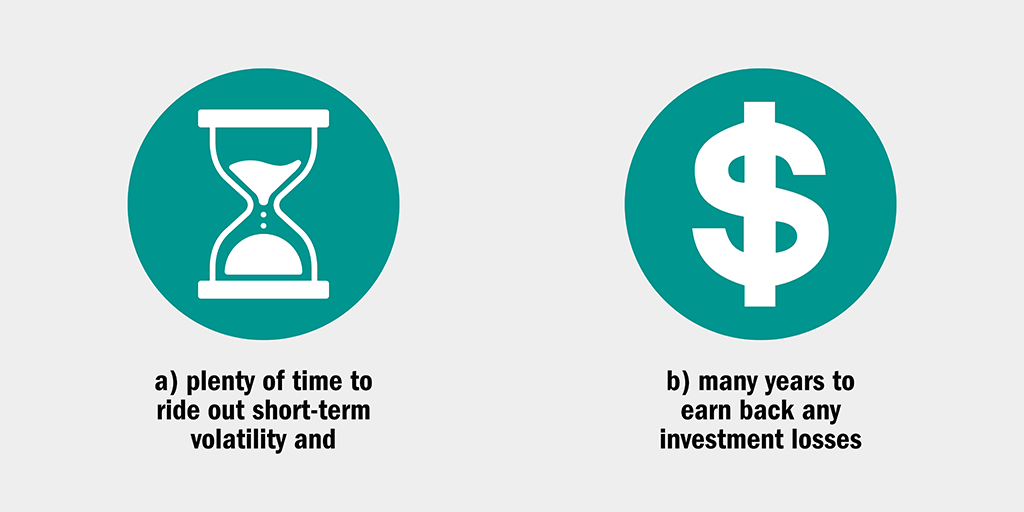
Provided their risk profile allows them, the portfolios of younger investors can comprise a larger proportion of riskier investments such as stocks. However, as they age, they should ideally shift gradually out of higher-risk products into those which are safer, such as higher-grade bonds.
4. Understand the different asset classes
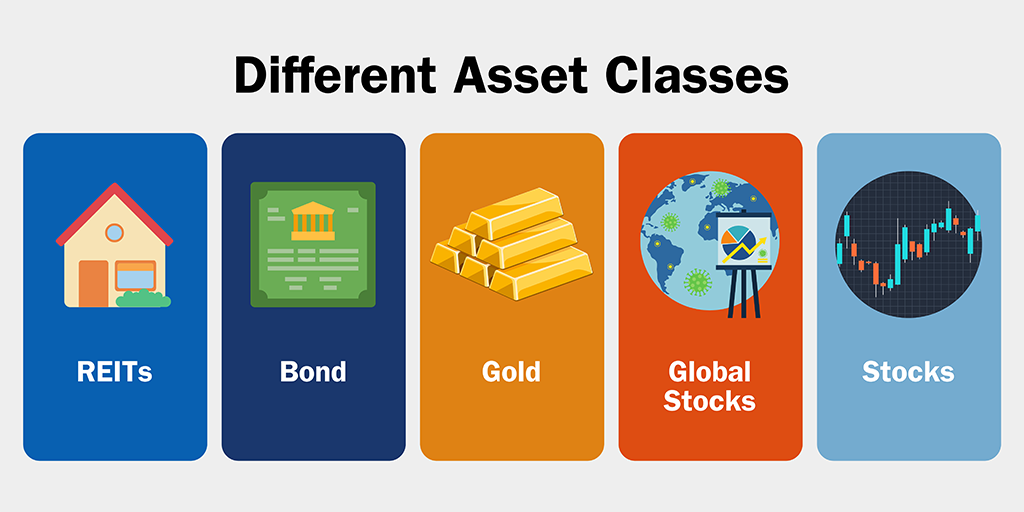
When it comes to investing, most people automatically think of equities or stocks. In football terms, you might think of stocks as the strikers because they offer the highest potential returns; however, not all stocks should be considered in this light – there are those which are considered “defensive’’, ie their prices may not rise as spectacularly as others, but they operate in safer industries and pay good dividends.
You should also not ignore bonds, which are usually referred to as fixed-income instruments because they usually pay a fixed interest periodically. Because of this feature, bonds can be considered “defensive’’ assets as well, though much of course depends on whether the issuer can meet its interest payments on time, every time.
5. Make sure you diversify
“Don’t put all your eggs in one basket’’ is a wise old saying that encourages investors to diversify their investments because doing so can reduce risk.
Consider for example, a sudden jump in oil prices. Companies that would be adversely affected would be those such as airlines or those in the transport sector for which fuel would form a large component of their expenses. Consequently, a rise in oil would hurt their profits and therefore their share prices and if you held only transport stocks in your portfolio, all your investments would lose value at the same time.
Similarly, a rise in steel prices would hurt the profits of construction companies but not those of healthcare or utility firms. So if you held a mix of stocks from different industries, a major shock like a sudden rise in the price of a raw material, would not affect all your investments simultaneously.
6. Understand the importance of asset allocation and periodic rebalancing
Asset allocation refers to how investors allocate their funds into the different asset classes after taking into account various factors such as risk profiles and investment horizons.
However, the asset allocation decision is not one that is static – as personal circumstances change and as time passes, it is important to rebalance one’s portfolio. For example, as noted earlier, older investors should focus on taking on less risk and those in retirement should focus on preserving their retirement nest eggs.
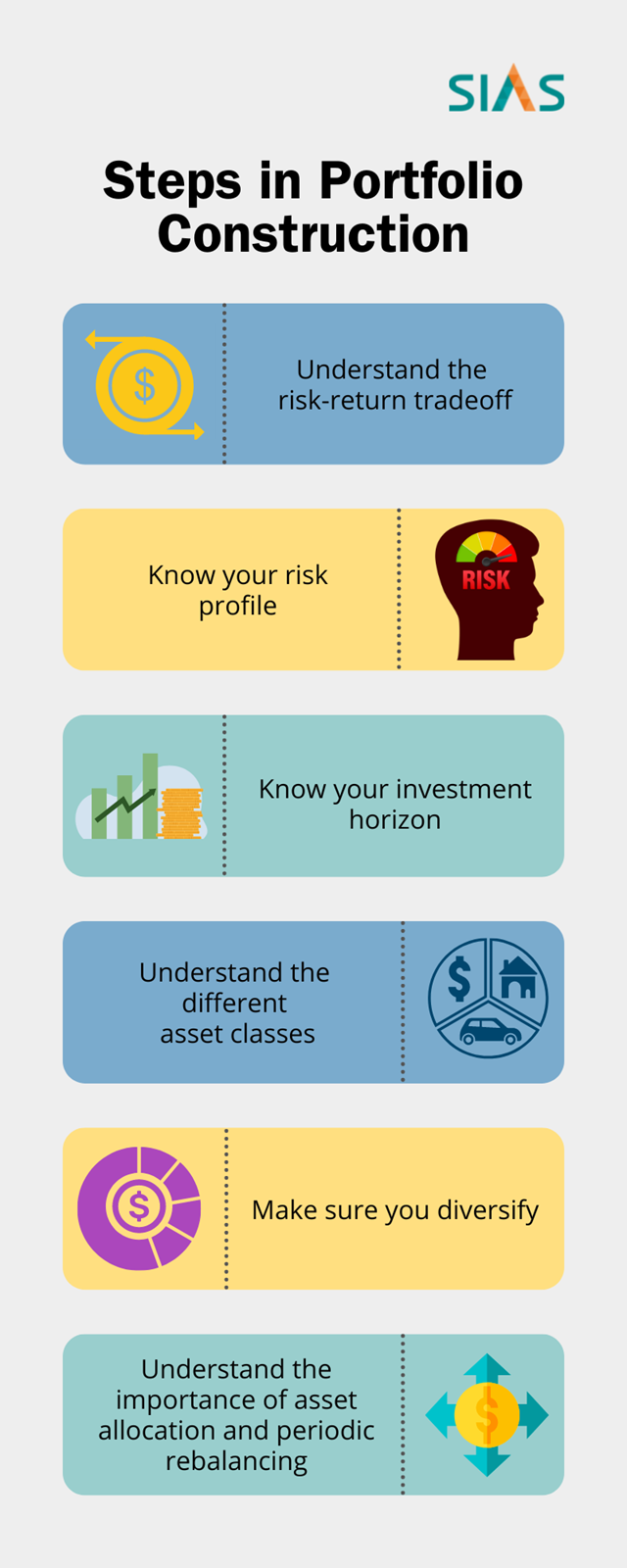
All that we have discussed so far are important broad considerations to bear in mind when investing and designing portfolios. To be sure, many people probably already have a rough idea of what is involved. The problem is that many also struggle to put them into practice and may end up either buying products that are not suitable for them or taking on too much risk.
This was certainly SIAS’s experience during the crisis known as the Clob International saga between 1990-1998, when Malaysian shares traded over-the-counter in Singapore. Most investors did not know their risk profiles, failed to practice diversification or take into account their investment horizons and therefore suffered huge losses.






